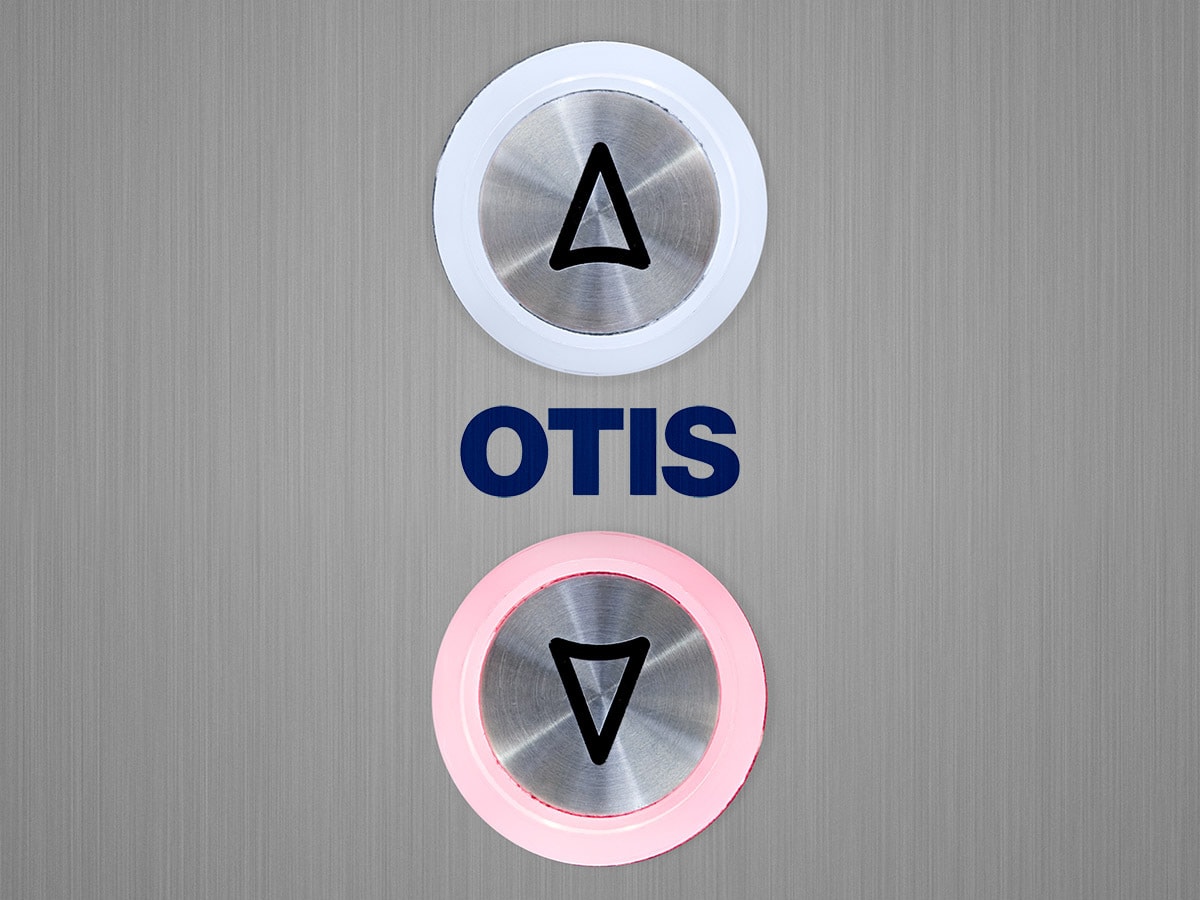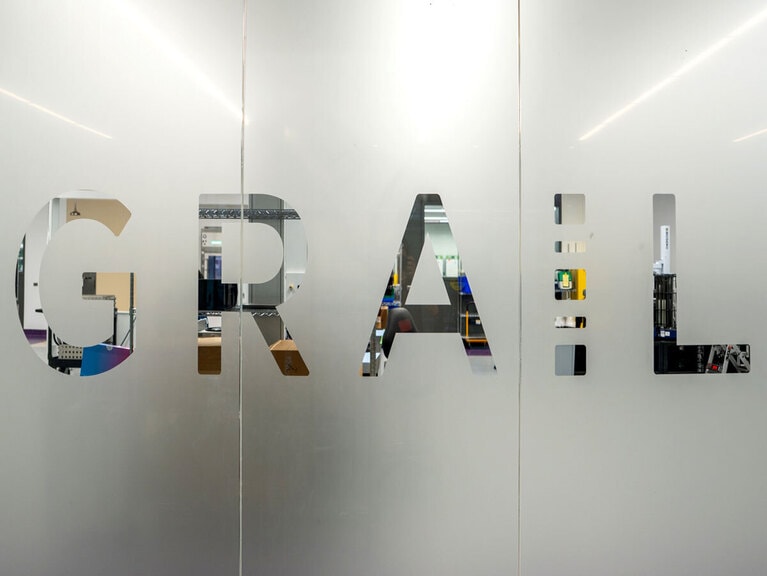Given our latest addition to the MyWallSt shortlist, we think it’s time to take a look at the basics for a manufacturing business verging on its 170th birthday.
Enter stage left: Otis Worldwide [OTIS].
This article was originally written by MyWallSt. Read more insights from the MyWallSt team here.
What does Otis do?
Otis is one of the leading manufacturers of elevators and escalators across the globe. It’s been in operation since 1853 after the Swedish inventor Elisha Otis pioneered the safety elevator, the first of its kind to have an emergency brake in case the hoisting ropes on which it ran failed. A subsidiary of United Technologies (now Raytheon Technologies [RTX]) since 1976, Otis was spun off as an independent company nearly two years ago, flourishing on the public markets ever since.
The company has cast a wide net over the years, installing over 3.5 million elevators across the globe, including famous names like the Eiffel Tower, the Empire State Building and the Burj Khalifa. However, it is not just new installations that keep this business ticking over.
In fact, Otis takes in the majority of its revenues from maintenance, repair and overhaul (MRO) — the revenue split is roughly 55% to 45%. This work involves updating old generation elevators and bringing them up to operational standards (overhaul) as well as the standard servicing and maintenance practices you would expect from a manufacturer of this level of machinery.
What we like
It is this MRO that is the secret sauce to the elevator industry, transforming a traditional original equipment manufacturer (OEM) into a razor and blade business model that can initiate decades of recurring revenue with a single contract. Once an elevator or escalator is installed, it’s not an easy decision to just take it out or replace it.
Maintenance and service are needed regularly, making this an extremely sticky business, not to mention the overhaul business which is also a significant revenue contributor. In fact, Otis currently maintains and services over 2 million units in 200 countries.
Much like a packed lift at 8:55 on a Monday morning, the elevator industry is a difficult place for new entrants. As you would expect, there are many barriers to entry with four companies (Otis, TK Elevator, Kone [KNEBV.HEL], and Schindler [SCHP.SIX]) controlling about two-thirds of the US installation market.
While the MRO market is more fragmented and involves lower capital requirements, Otis still maintains a dominant position here too. This is down to an established network of trained technicians, long-term relationships with developers that span decades, and an unmatched reputation for safety and quality.
Another aspect of Otis worth considering is how it made its public debut. Historically, spinoffs have outperformed the market. This is down to a number of factors, most pertinently the fact the spinoff has been alleviated of the capital and operational constraints which may have been in place under the original holding company.
In Otis’ case, the division was a cash cow for United Technologies to fund its other business arms, like Pratt and Whitney. The company was underinvested in and now as an independent business will be able to better manage its cash flows and fund new innovations and market expansions.
What we don’t like
As with any First Look, we must also outline the bear case and take stock of the risks the business is facing in order to get a complete picture. In Otis’ case, while risks may be limited in comparison to the aforementioned pre-revenue SPAC, it is far from immune.
The first was touched on earlier: the company currently has over $7bn of long-term debt on its balance sheet. I do think that the profitability of the company and its ability to generate huge amounts of cash negates this risk somewhat. However, this is still a big figure and we know that any leveraged company becomes a riskier company.
The second risk potential Otis investors must take on board is its reliance on the Chinese property market. As China’s population moves from rural to urban housing, the building out of cities across the country has been moving at a rapid pace, providing a significant amount of new business for Otis and its competitors. Now there is a lot to unravel here, and Chinese property experts we are not, but the news of the country’s second-largest developer defaulting on its debt has rocked the industry.
Evergrande’s default has brought this expansion and the reliability of the developers into question. Otis actually fell almost 10% the week the news broke back in September, a huge move for a company of this stature.
With 20% of revenues generated in the region, it is definitely a point of concern, however, Otis has taken measures to deal with this risk, outlining potentially problematic customers and even requiring cash prepayments.
MyWallSt gives you access to over 100 stock picks, as well as providing free analysis, multiple podcasts, customised market updates straight to your phone, and much more. Sign up for free today.
Disclaimer Past performance is not a reliable indicator of future results.
CMC Markets is an execution-only service provider. The material (whether or not it states any opinions) is for general information purposes only, and does not take into account your personal circumstances or objectives. Nothing in this material is (or should be considered to be) financial, investment or other advice on which reliance should be placed. No opinion given in the material constitutes a recommendation by CMC Markets or the author that any particular investment, security, transaction or investment strategy is suitable for any specific person.
The material has not been prepared in accordance with legal requirements designed to promote the independence of investment research. Although we are not specifically prevented from dealing before providing this material, we do not seek to take advantage of the material prior to its dissemination.
CMC Markets does not endorse or offer opinion on the trading strategies used by the author. Their trading strategies do not guarantee any return and CMC Markets shall not be held responsible for any loss that you may incur, either directly or indirectly, arising from any investment based on any information contained herein.
*Tax treatment depends on individual circumstances and can change or may differ in a jurisdiction other than the UK.
Continue reading for FREE
- Includes free newsletter updates, unsubscribe anytime. Privacy policy






